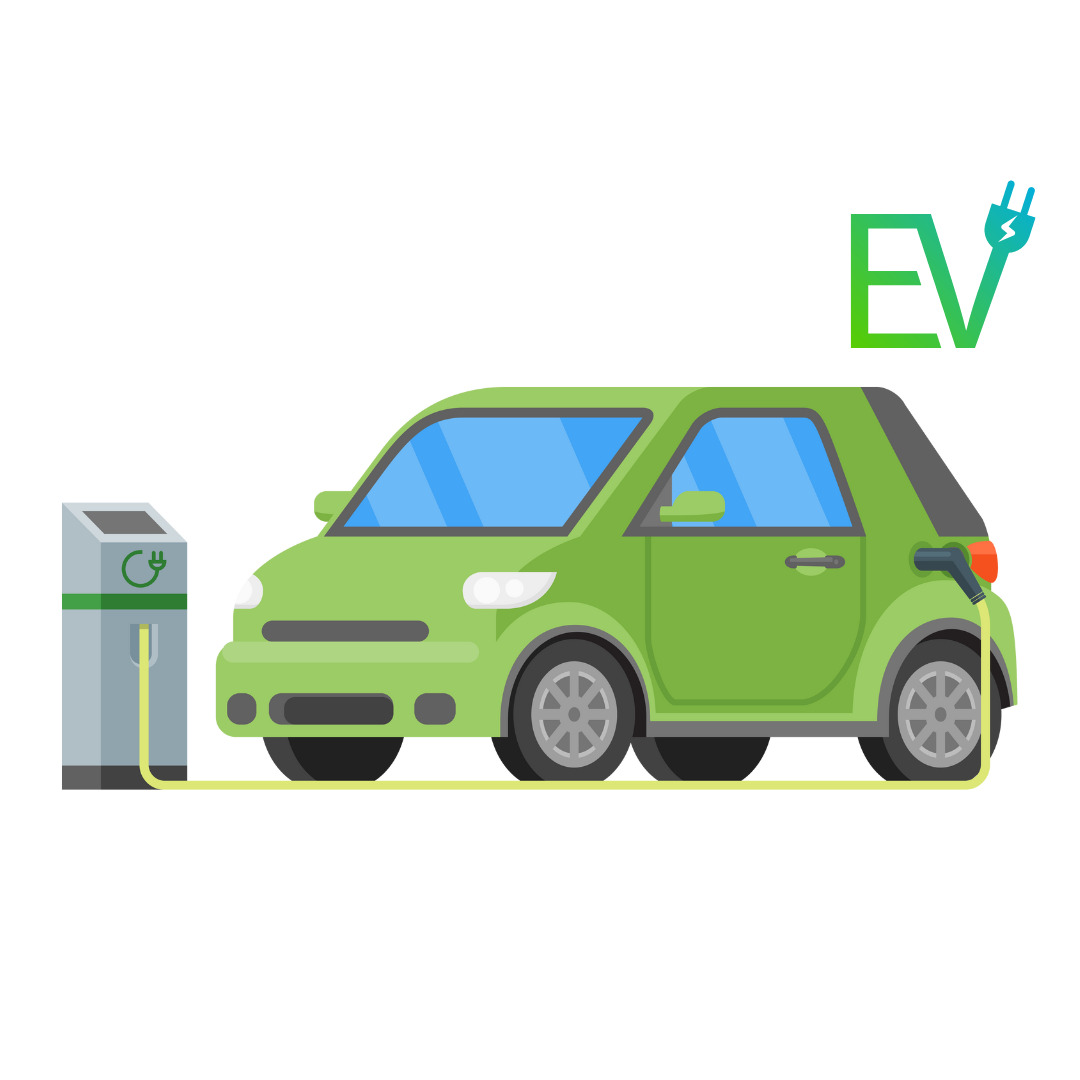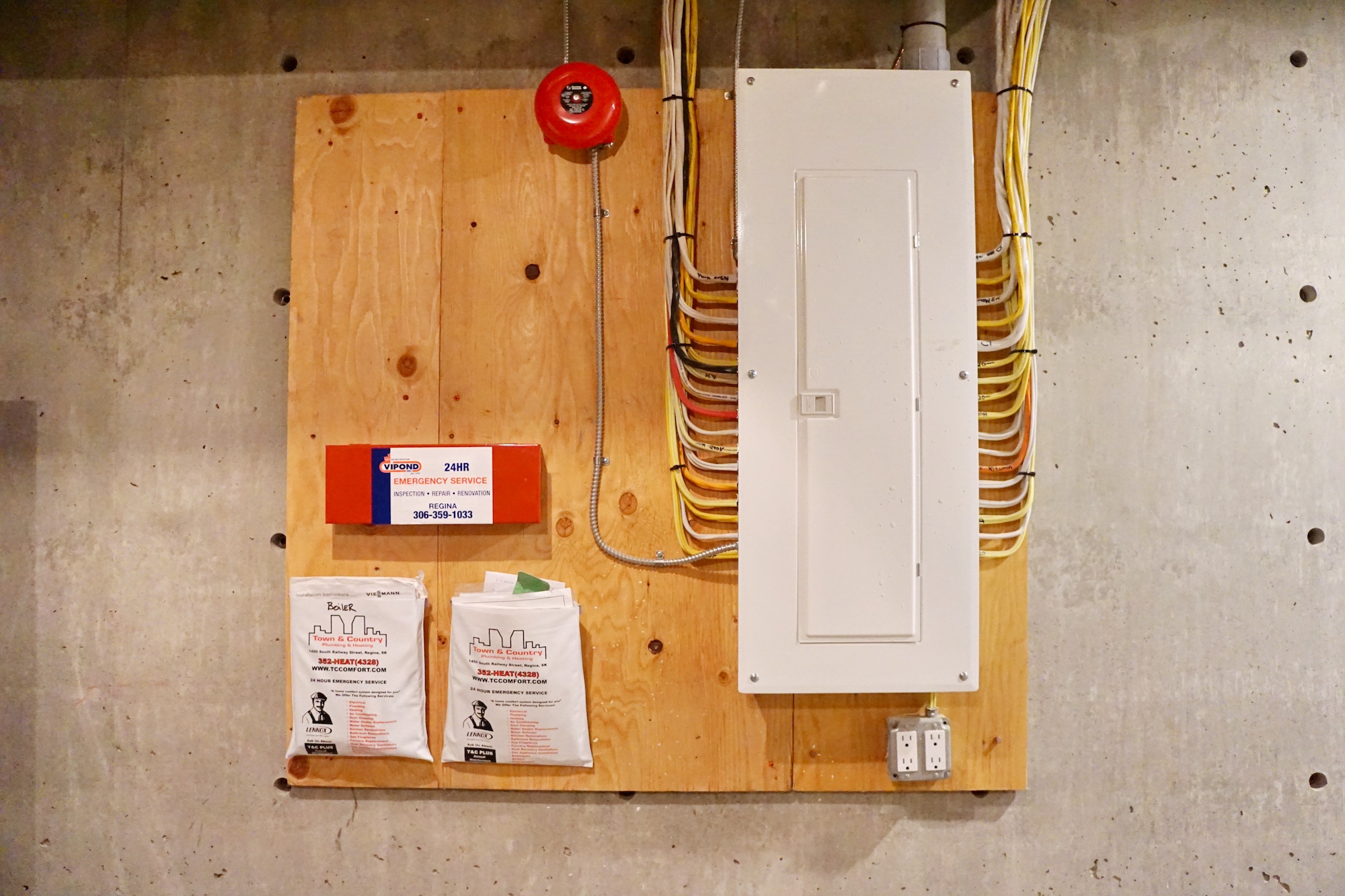So you are interested in owning an electric vehicle but you are not sure what you need in order to charge that vehicle at home. Let’s take a minute to go through it for you.

There are three types of EV chargers:
Level 1 Charger: (Trickle Charger)
This is a standard 120-volt charger that comes with most electric vehicles. It plugs into a regular household outlet. The disadvantage is that it charges very slowly and may only add 6-8 km of range per hour. This is clearly not enough if you drive regularly. This also becomes a problem when trying to preheat or pre-cool your vehicle before your departure while the vehicle is plugged in. In extreme heat or cold, it is advantageous to set the interior climate of your vehicle while it is still plugged in. That way it uses energy from the plug in rather than energy from the battery to create a comfortable interior climate. The Level 1 charger will not provide enough power to do this and the car will rob energy from your battery, and therefore your range, in order to make the interior climate comfortable.
The advantage of Level 1 charging is that it is the simplest and easiest and requires no electrical upgrades to your home.
Level 1 Chargers also make sense for owners of plug in hybrids. Because these cars have relatively small battery packs they take less time to charge up completely.
Level 2 Charger:
The Level 2 Charger is a 240 volt charger that requires a dedicated circuit similar to ones used for dryers or ovens. It charges the vehicle much faster, typically at a a rate of 25 to 100 km of range per hour according to SaskPower’s website. These chargers do require professional electrician installation. The first thing our electrical team will do is determine whether your home’s electrical panel has the capacity to handle this load of output. You may need to upgrade your electrical panel in order to meet the new demand. Our electrical team will also apply for necessary permits to perform the work of installing a Level 2 Charger. This ensures that the charger meets all safety codes. While on site our electrical team will assist you in choosing the best location for your new EV Charger. The preferred location for the charger is inside a garage but weather resistant options are available. It may seem obvious but it is also important that the location of the charger is in close proximity to where you will be parking so that the charging cable will easily reach the vehicle’s charging port.
Another thing to consider is the charging rate of your station. The best choice would be a station that charges at a rate that meets what your car can accept.
As a long term investment, charging your EV at home using a Level 2 charger is the most economical and convenient way to charge up. The charger will pay for itself eventually and it may also add some resale value to your home.
Town & Country can either hardwire (permanently install) your Level 2 Charger or we can wire in a 240 volt outlet that will allow you to simply plug in a charger. The advantage of the plug in option is that you can take the charger with you if you move.
Level 3 Charger:
Just a brief note on Level 3 chargers. These are the quick public chargers you may use on occasion when you need a faster option or when you are travelling. Charging Tip: SaskPower recommends saving fast charging for when you need it most. Using fast charging puts extra strain on your vehicle’s battery and reduces efficiency and lifespan over time. This is another reason why having a Level 2 charger at home is valuable.
What about features?
If you’re going to have a charger at home it definitely makes sense for it to be wifi enabled. this will allow you to monitor and control the charging remotely using an app on your phone. It will also allow you to set your charging schedule. SaskPower recommends charging after 8 pm so as to avoid peak power usage times.
Be sure to check to see if your vehicle already has these features as there is certainly no need to pay extra for features on a charger that your car may already offer.
Another thing to consider is the charging rate of your station. The best choice would be a station that charges at a rate that meets what your car can accept. There isn’t much point in paying extra for a charging station that exceeds the rate of power that your car can charge at, unless you are planning to upgrade your car in the near future.
Building a new home? Should you include an EV Charger?
When building a new home Town & Country recommends a minimum electric panel size of 200 amps. This allows you room to grow your electrical needs to install things like an EV charger. Your home can be built EV Ready or EV Capable. So what’s the difference:
EV Ready:
A parking stall that has an energized outlet capable of providing Level 2 charging.
EV Capable:
A parking stall with access/conduit to sufficient power supply for future Level 2 EV charging.
There are direct perks to adding EV charging during construction:
- Town & Country’s electrical team has the expertise to easily and safely complete the install.
- More economical to install during construction than to retrofit later.
- Future proofs your home.
- Adds value to your home.
Click below to get a quote from our electrical team.




